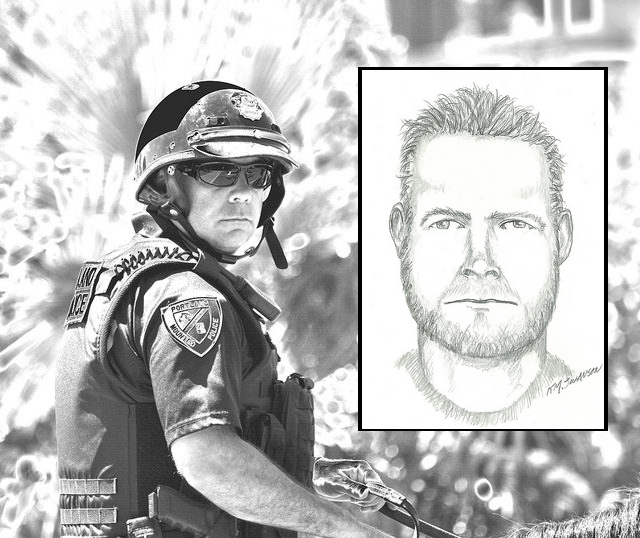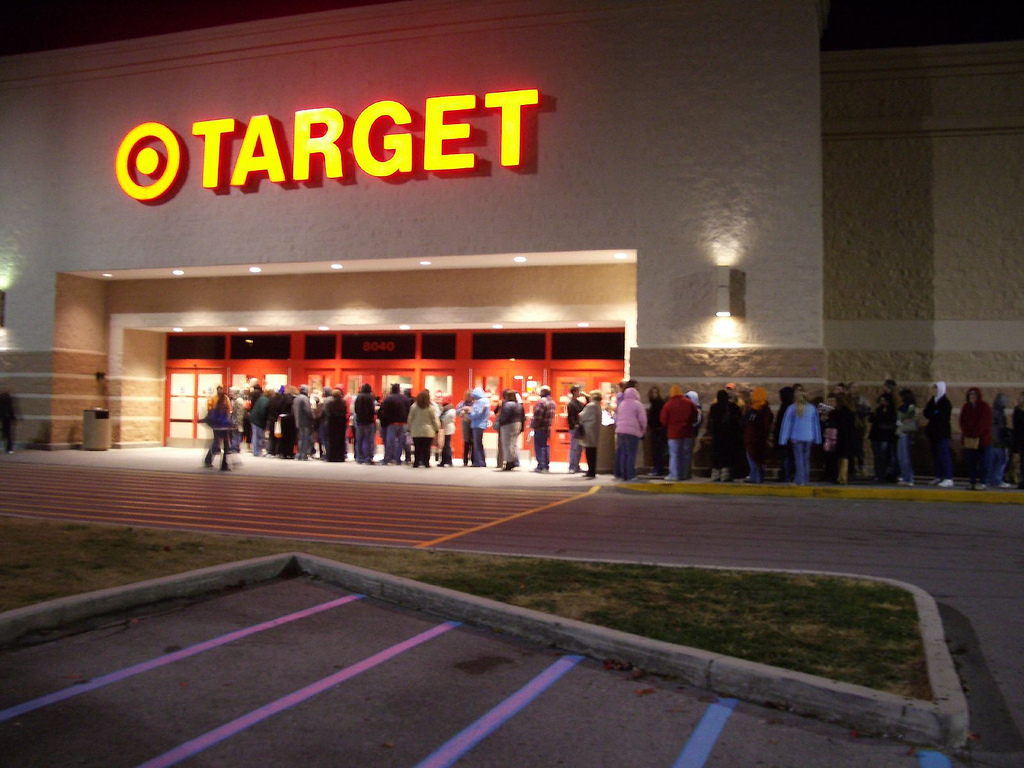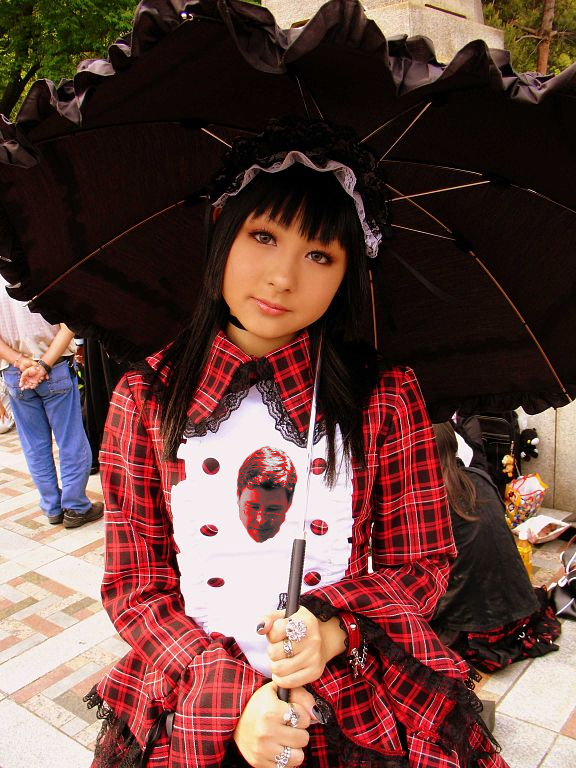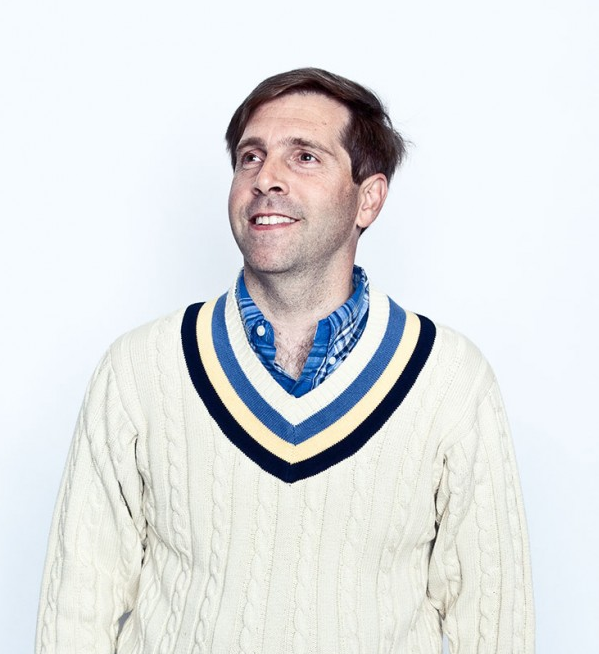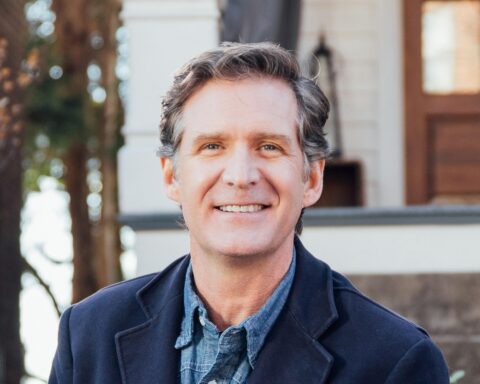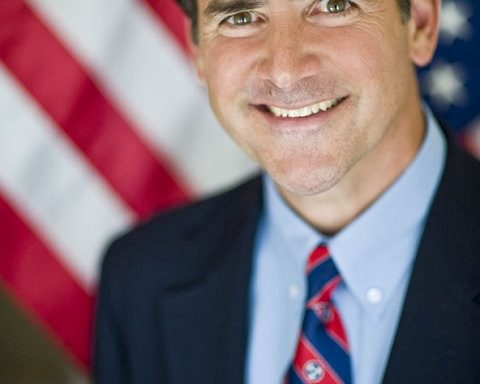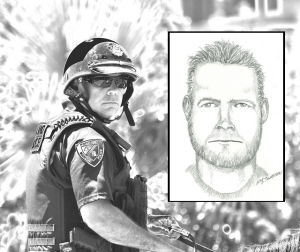
The issue of having greater transparency in police interactions has come to the forefront of national discourse, after a tumultuous week in the aftermath of the decision to not indict Ferguson, Mo. police officer Darren Wilson in the shooting of Michael Brown.
Chattanooga Police Chief Fred Fletcher stated that fitting his police force with body cams could cost hundreds of thousands of dollars, so all options must be considered.
“Using mobile sketch artists for the police would be a win-win situation,” said Pat Beneci, a professor of criminology at Shallowford College. “There are so many talented, yet unemployed artists out there who could get jobs, following around police officers and drawing what they see.”
“If the artist is small enough, then there is the possibility of simply riding piggyback,” said Beneci.
“A video image is just 2-dimensional,” said Beneci. “If you had a mobile sculptor, working with a big hunk of clay, in addition to a mobile charcoal sketch artist, then that would add a whole other dimension.”
“Also, a body cam video sometimes may not adequately capture the mood of a tense situation,” said Beneci. “So, if you also added an abstract impressionist painter to the entourage, then that artist could help to provide a more complete picture.”
Beneci acknowledged that body cams have an advantage over the mobile artist solution, because they can record audio.
“Researchers are currently doing field tests with trained parrots,” said Beneci. “The parrots could rest on the shoulders of police officers during an interaction and later repeat back what was said. You just pay them in bird seed.”

